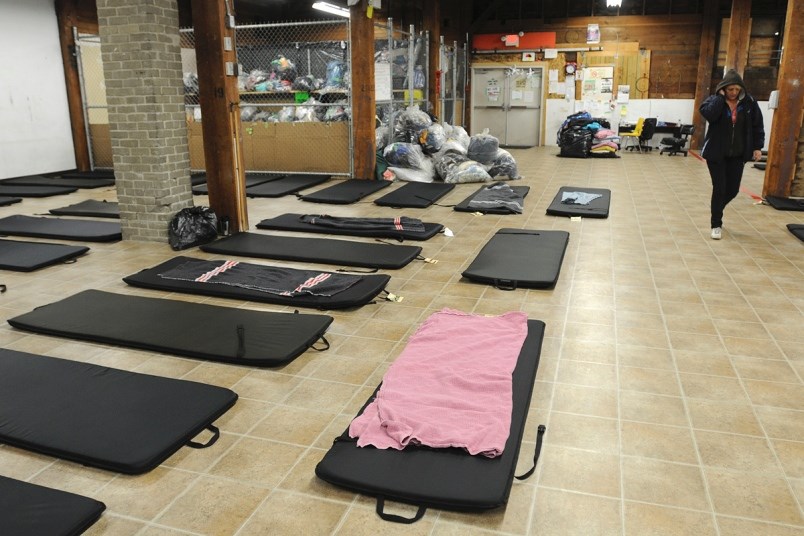The positive news is in contrast to Toronto, which currently has 125 active COVID-19 cases spread across seven shelters, according to statistics posted June 22 on the City of Toronto’s website.
In total, Toronto has had 610 positive cases linked to all shelter outbreaks and at least two people in those facilities died from the infectious disease.
Dr. Patricia Daly, the chief medical health officer for Vancouver Coastal Health, pointed to several factors that have, so far, prevented deaths and outbreaks in shelters in the Downtown Eastside.
Daly said creating more space in Vancouver shelters for guests by opening up community centres for homeless people was a factor. So was a robust testing strategy set up before COVID-19 reached the Downtown Eastside.
“It’s not a community where there are a lot of returning travellers, for example, — that’s how the virus originally arrived [in Vancouver],” she said, adding there have only been “sporadic cases” of COVID-19 in the Downtown Eastside.
The health agency’s use of a mobile van and a dedicated clinic for testing people coupled with proactive work to identify infected people, isolate them and follow up with their contacts has been the difference in keeping the infection rate low, she said.
“Although the public talks a lot about social distancing and how effective it was, the most effective thing we’ve done to flatten the curve in public health is to follow up with cases and contacts,” Daly said. “That strategy will continue.”
That success in the community, however, has not transferred to the fight against the province’s other public health emergency — the overdose death crisis, which saw 128 peope die in Vancouver between January and May.
An increased toxic drug supply is among the main reasons for the increase in deaths, which totalled 554 in the province. Vancouver was the hardest hit, with Surrey recording 72 deaths and Victoria, 49.
But Daly reiterated her belief from an April 28 presentation to council that public health messaging around physical distancing has signaled to drug users not to access overdose prevention sites and medical clinics.
That fear coupled with reduced access to harm reduction services and treatment because of the pandemic — the very measures that helped reduce overdose deaths in 2019 — has likely contributed to this year’s spike in drug deaths, she said.
“I would consider the rise in overdose deaths as being one of the unintended consequences of our COVID response measures, and so we need to think about that going forward,” Daly said.
Council also heard that housing providers continue to enforce policies not to allow guests, which leaves drug users alone in their rooms. It’s an issue city staf, B.C. Housing and the health agency continue to discuss with providers.
“I have long advocated against the policy of banning visitors to [single-room-occupancy hotels] and places where we know people are dying of overdoses,” Daly said.
“While I understand the motivation behind them, they could put people at greater risk because they may be using alone because they don’t have someone with them they can consume substances with. We need to consider whether or not policies like that may be contributing to the problem.”
@Howellings



